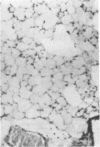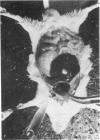Abstract
Many xenobiotics produce hepatic injury due to their metabolism in the liver to highly reactive electrophile intermediates which form covalent conjugates with nucleophilic cellular constituents. This presentation describes studies indicating that the production of chemically reactive metabolites by pulmonary metabolism of xenobiotics can also play a fundamental role in the pathogenesis of chemically induced lung disease.
Full text
PDF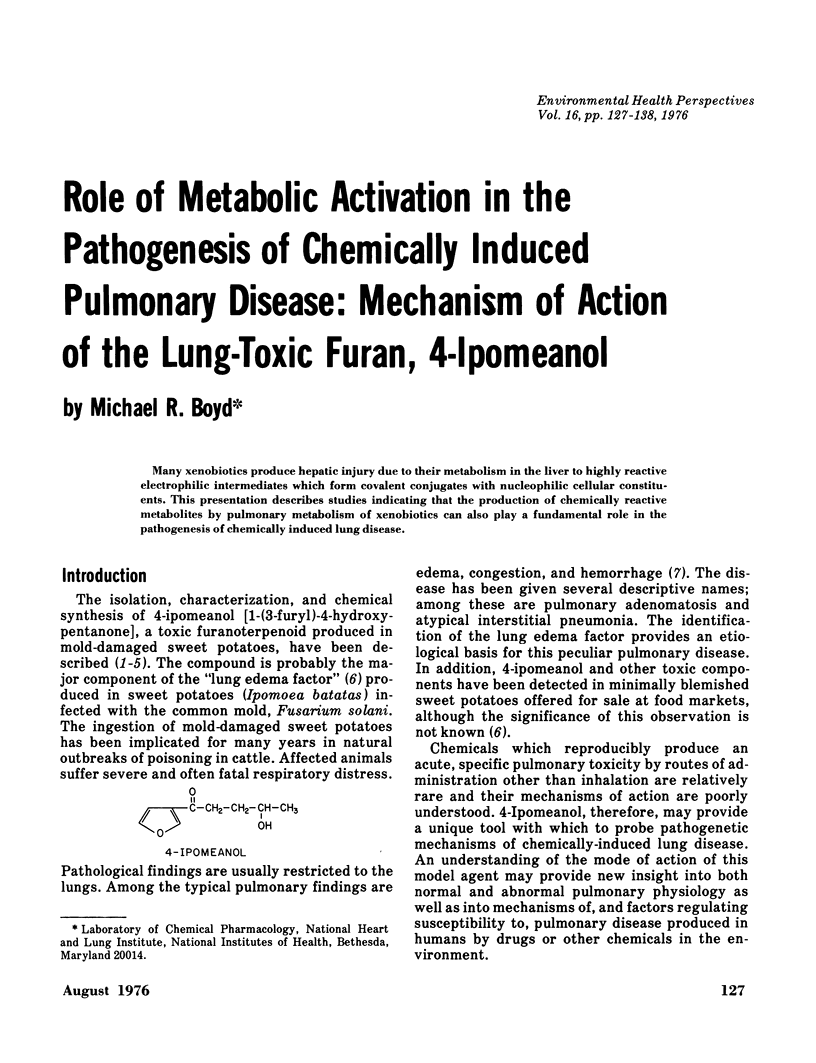

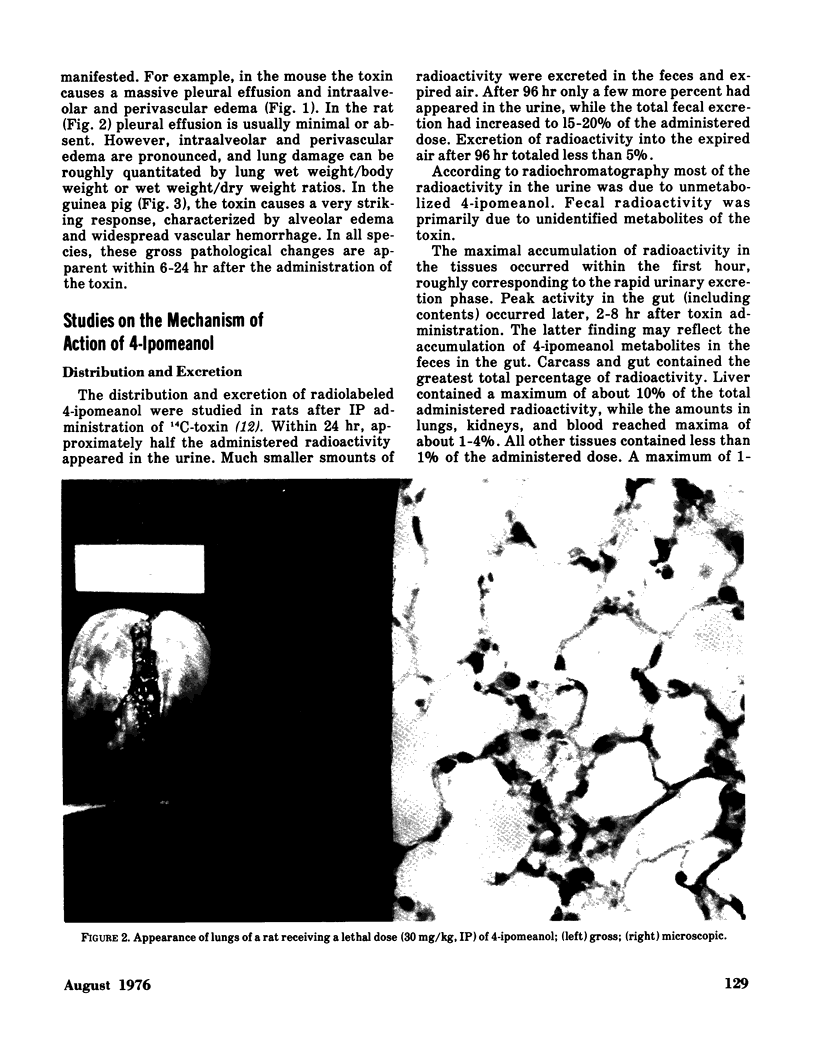
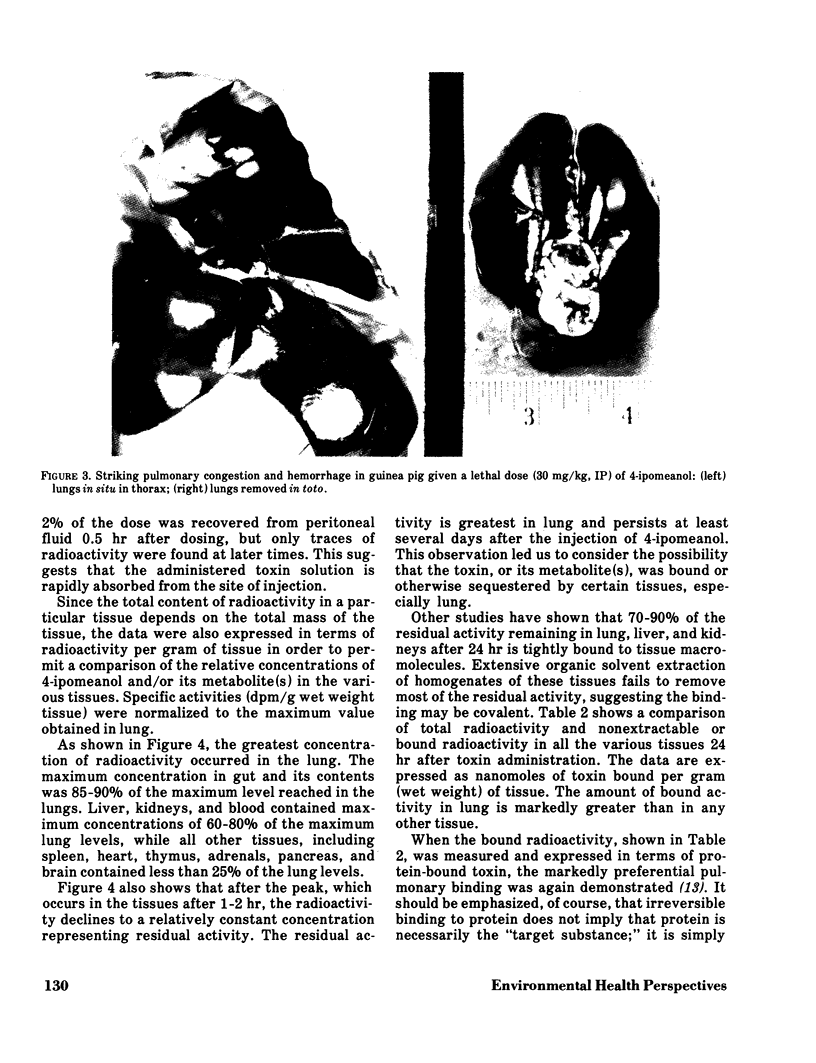
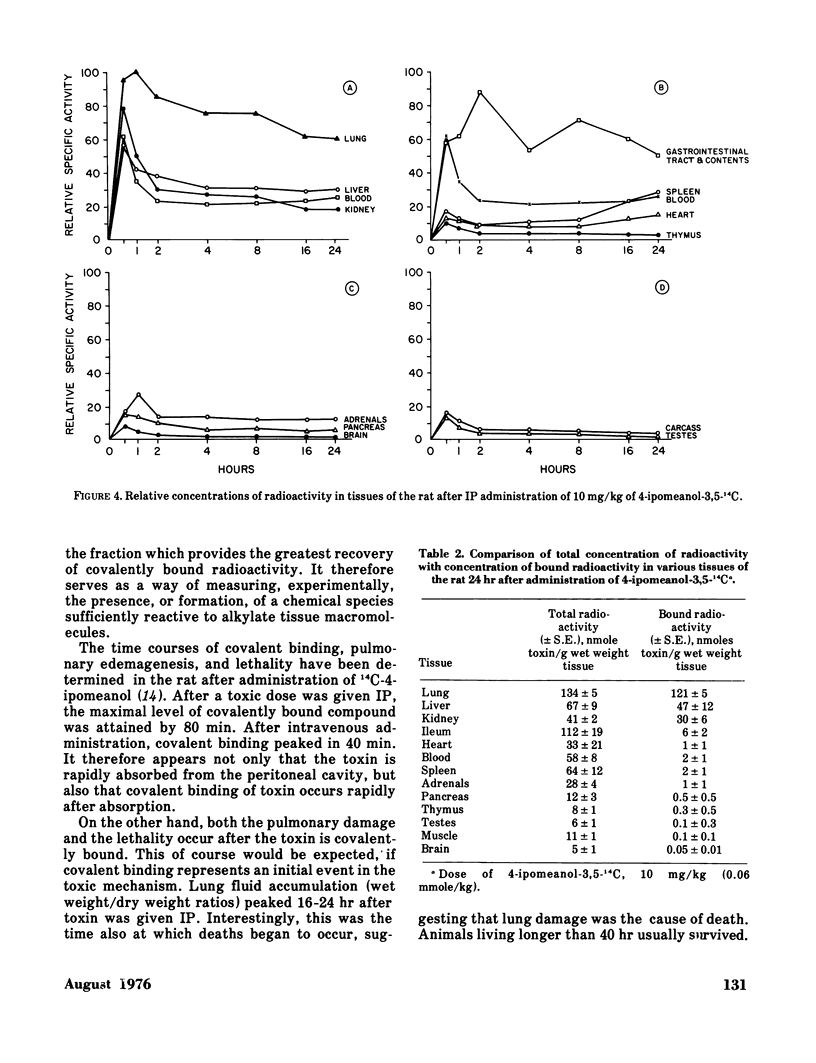
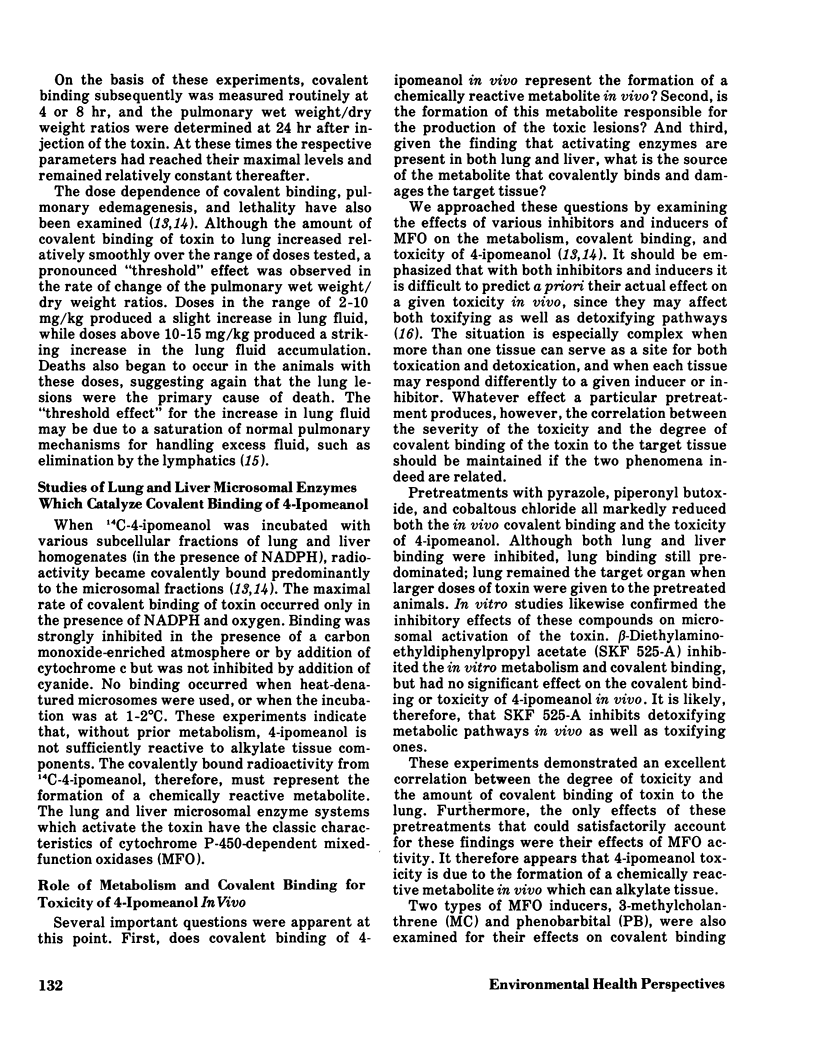
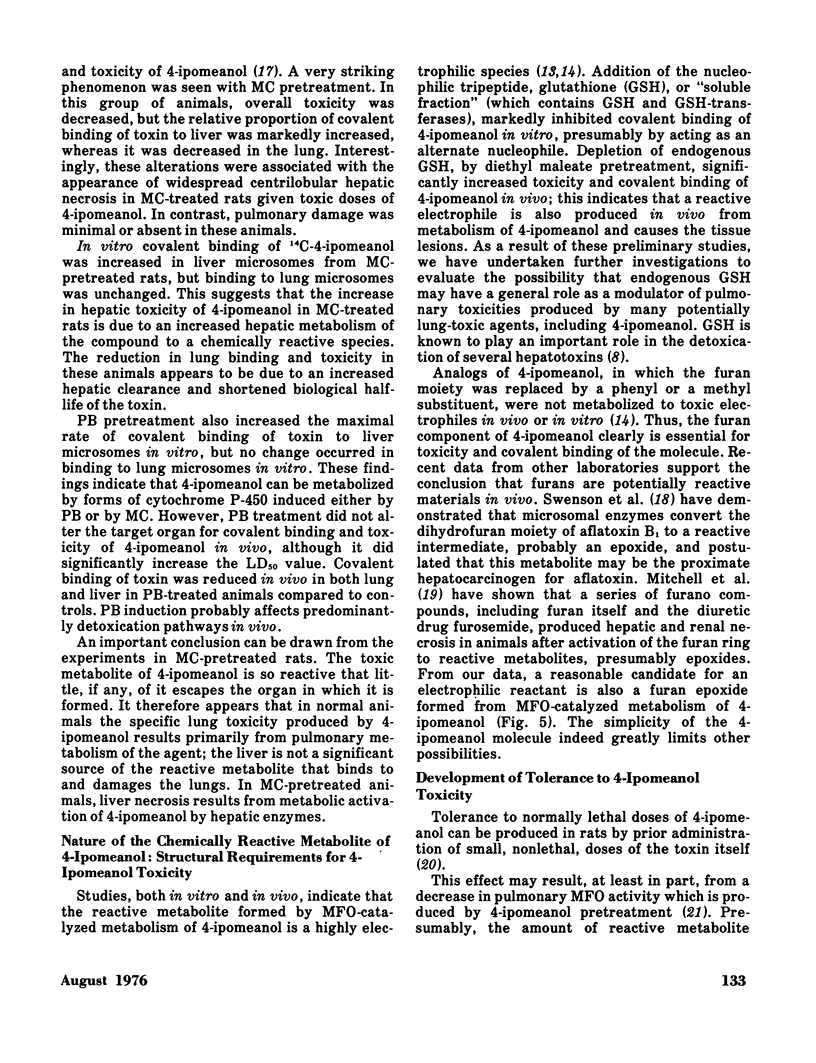
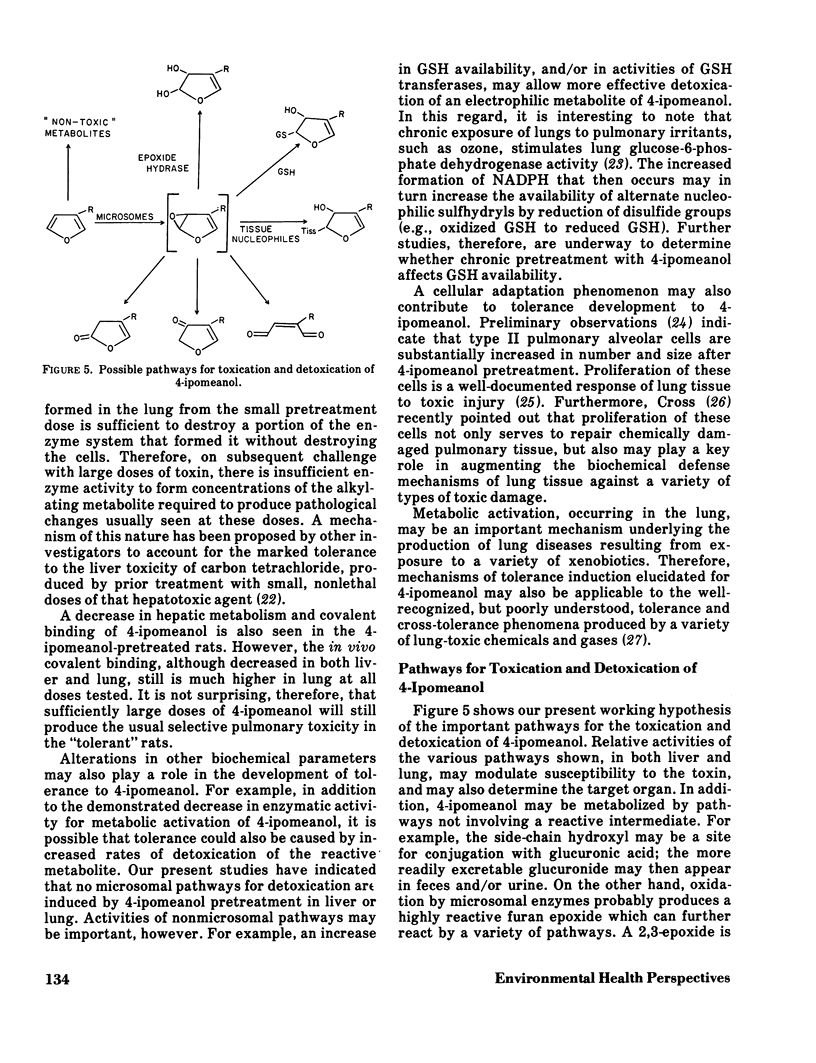
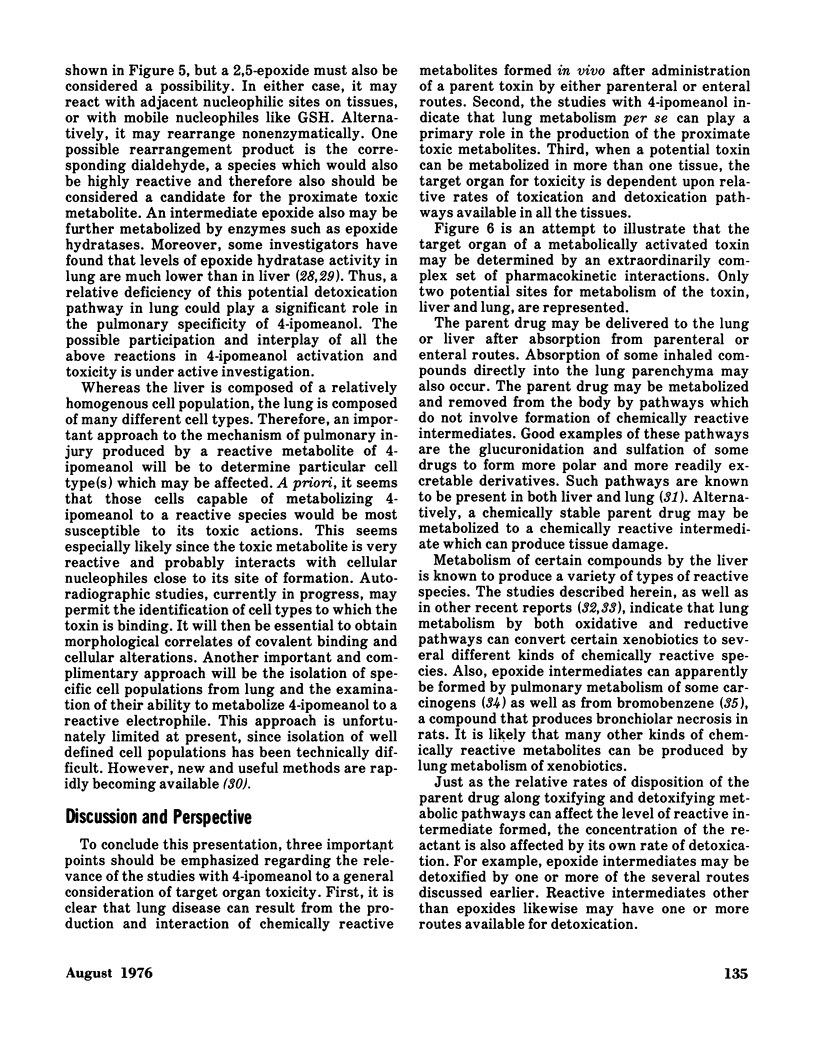
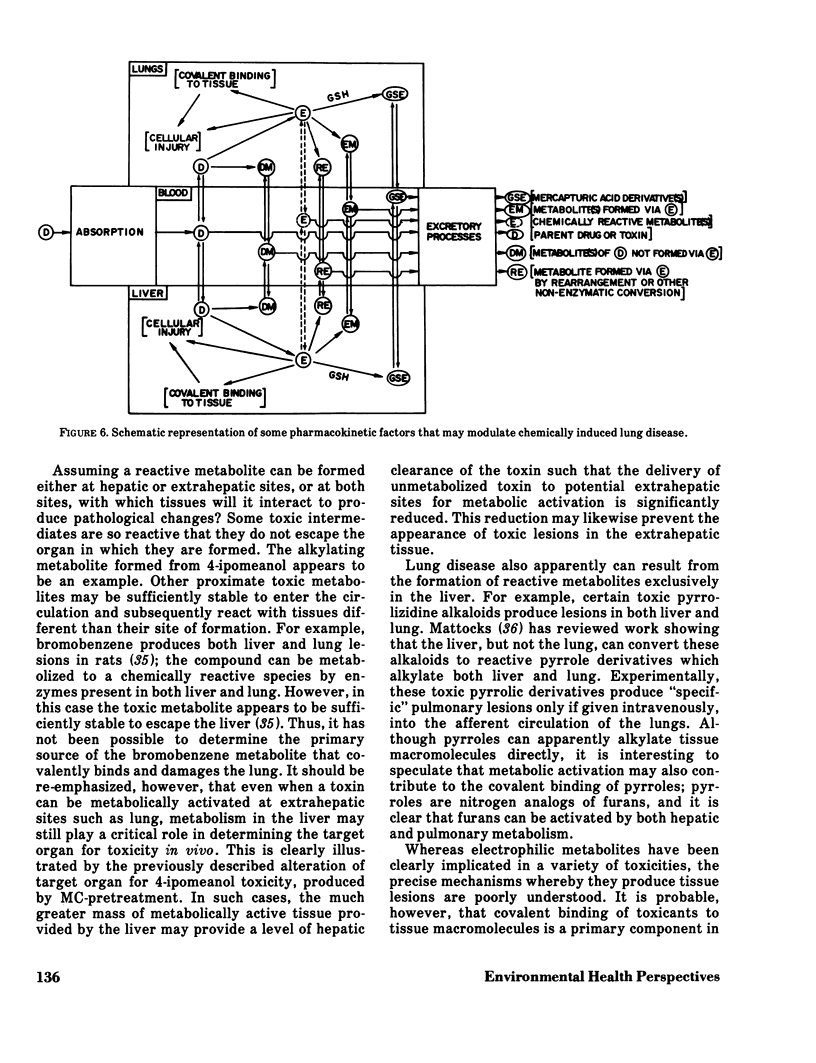
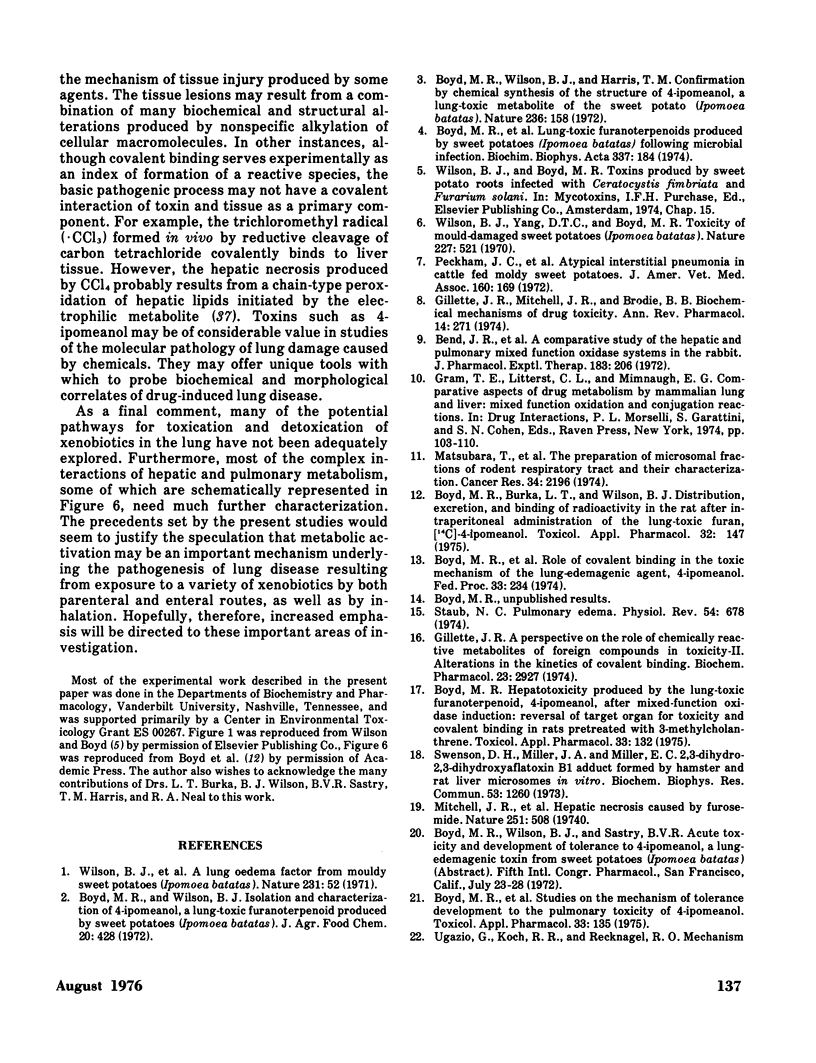
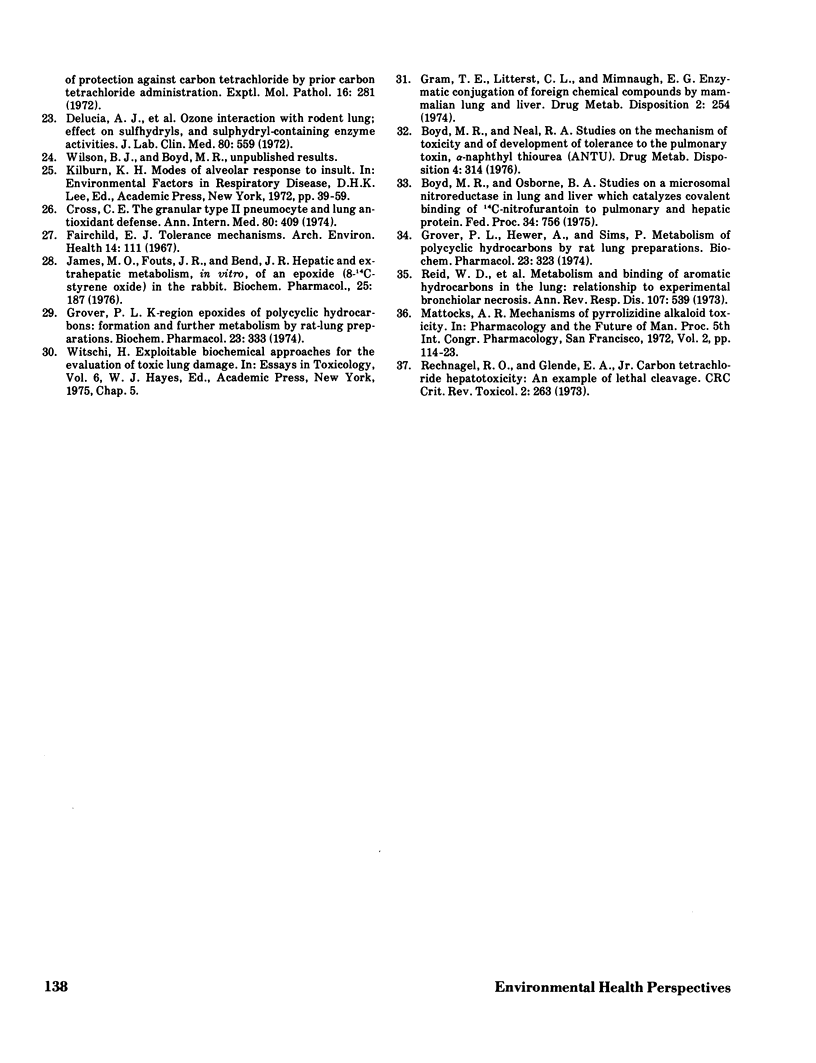
Images in this article
Selected References
These references are in PubMed. This may not be the complete list of references from this article.
- Bend J. R., Hook G. E., Easterling R. E., Gram T. E., Fouts J. R. A comparative study of the hepatic and pulmonary microsomal mixed-function oxidase systems in the rabbit. J Pharmacol Exp Ther. 1972 Oct;183(1):206–217. [PubMed] [Google Scholar]
- Boyd M. R., Burka L. T., Harris T. M., Wilson B. J. Lung-toxic furanoterpenoids produced by sweet potatoes (Ipomoea batatas) following microbial infection. Biochim Biophys Acta. 1974 Feb 25;337(2):184–195. doi: 10.1016/0005-2760(74)90200-8. [DOI] [PubMed] [Google Scholar]
- Boyd M. R., Burka L. T., Wilson B. J. Distribution, excretion, and binding of radioactivity in the rat after intraperitoneal administration of the lung-toxic furan, [14C]4-Ipomeanol. Toxicol Appl Pharmacol. 1975 Apr;32(1):147–157. doi: 10.1016/0041-008x(75)90205-7. [DOI] [PubMed] [Google Scholar]
- Boyd M. R., Neal R. A. Studies on the mechanism of toxicity and of development of tolerance to the pulmonary toxin, alpha-naphthylthiourea (ANTU). Drug Metab Dispos. 1976 Jul-Aug;4(4):314–322. [PubMed] [Google Scholar]
- Boyd M. R., Wilson B. J. Isolation and characterization of 4-ipomeanol, a lung-toxic furanoterpenoid produced by sweet potatoes (Ipomoea batatas). J Agric Food Chem. 1972 Mar-Apr;20(2):428–430. doi: 10.1021/jf60180a066. [DOI] [PubMed] [Google Scholar]
- Cross C. E. Editorial: The granular type II pneumocyte and lung antioxidant defense. Ann Intern Med. 1974 Mar;80(3):409–411. doi: 10.7326/0003-4819-80-3-409. [DOI] [PubMed] [Google Scholar]
- DeLucia A. J., Hoque P. M., Mustafa M. G., Cross C. E. Ozone interaction with rodent lung: effect on sulfhydryls and sulfhydryl-containing enzyme activities. J Lab Clin Med. 1972 Oct;80(4):559–566. [PubMed] [Google Scholar]
- Fairchild E. J. Tolerance mechanisms. Determinants of lung responses to injurious agents. Arch Environ Health. 1967 Jan;14(1):111–126. doi: 10.1080/00039896.1967.10664702. [DOI] [PubMed] [Google Scholar]
- Gillette J. R. A perspective on the role of chemically reactive metabolites of foreign compounds in toxicity. II. Alterations in the kinetics of covalent binding. Biochem Pharmacol. 1974 Nov 1;23(21):2927–2938. doi: 10.1016/0006-2952(74)90267-6. [DOI] [PubMed] [Google Scholar]
- Gram T. E., Litterst C. L., Mimnaugh E. G. Enzymatic conjugation of foreign chemical compounds by rabbit lung and liver. Drug Metab Dispos. 1974 May-Jun;2(3):254–258. [PubMed] [Google Scholar]
- Grover P. L., Hewer A., Sims P. Metabolism of polycyclic hydrocarbons by rat-lung preparations. Biochem Pharmacol. 1974 Jan 15;23(2):323–332. doi: 10.1016/0006-2952(74)90423-7. [DOI] [PubMed] [Google Scholar]
- Grover P. L. K-region epoxides of polycyclic hydrocarbons: formation and further metabolism by rat-lung preparations. Biochem Pharmacol. 1974 Jan 15;23(2):333–343. doi: 10.1016/0006-2952(74)90424-9. [DOI] [PubMed] [Google Scholar]
- James M. O., Fouts J. R., Bend J. R. Hepatic and extrahepatic metabolism, in vitro, of an epoxide (8-(14) C-styrene oxide) in the rabbit. Biochem Pharmacol. 1976 Jan 15;25(2):187–193. doi: 10.1016/0006-2952(76)90289-6. [DOI] [PubMed] [Google Scholar]
- Matsubara T., Prough R. A., Burke M. D., Estabrook R. W. The preparation of microsomal fractions of rodent respiratory tract and their characterization. Cancer Res. 1974 Sep;34(9):2196–2203. [PubMed] [Google Scholar]
- Mitchell J. R., Potter W. Z., Hinson J. A., Jollow D. J. Hepatic necrosis caused by furosemide. Nature. 1974 Oct 11;251(5475):508–511. doi: 10.1038/251508a0. [DOI] [PubMed] [Google Scholar]
- Peckham J. C., Mitchell F. E., Jones O. H., Jr, Doupnik B., Jr Atypical interstitial pneumonia in cattle fed moldy sweet potatoes. J Am Vet Med Assoc. 1972 Jan 15;160(2):169–172. [PubMed] [Google Scholar]
- Rechnagel R. O., Glende E. A., Jr Carbon tetrachloride hepatotoxicity: an example of lethal cleavage. CRC Crit Rev Toxicol. 1973 Nov;2(3):263–297. doi: 10.3109/10408447309082019. [DOI] [PubMed] [Google Scholar]
- Reid W. D., Ilett K. F., Glick J. M., Krishna G. Metabolism and binding of aromatic hydrocarbons in the lung. Relationship to experimental bronchiolar necrosis. Am Rev Respir Dis. 1973 Apr;107(4):539–551. doi: 10.1164/arrd.1973.107.4.539. [DOI] [PubMed] [Google Scholar]
- Staub N. C. Pulmonary edema. Physiol Rev. 1974 Jul;54(3):678–811. doi: 10.1152/physrev.1974.54.3.678. [DOI] [PubMed] [Google Scholar]
- Swenson D. H., Miller J. A., Miller E. C. 2,3-Dihydro-2,3-dihydroxy-aflatoxin B1: an acid hydrolysis product of an RNA-aflatoxin B1 adduct formed by hamster and rat liver microsomes in vitro. Biochem Biophys Res Commun. 1973 Aug 21;53(4):1260–1267. doi: 10.1016/0006-291x(73)90601-3. [DOI] [PubMed] [Google Scholar]
- Wilson B. J., Boyd M. R., Harris T. M., Yang D. T. A lung oedema factor from mouldy sweet potatoes (Ipomoea batatas). Nature. 1971 May 7;231(5297):52–53. doi: 10.1038/231052a0. [DOI] [PubMed] [Google Scholar]
- Wilson B. J., Yang D. T., Boyd M. R. Toxicity of mould-damaged sweet potatoes (Ipomoea batatas). Nature. 1970 Aug 1;227(5257):521–522. doi: 10.1038/227521a0. [DOI] [PubMed] [Google Scholar]



